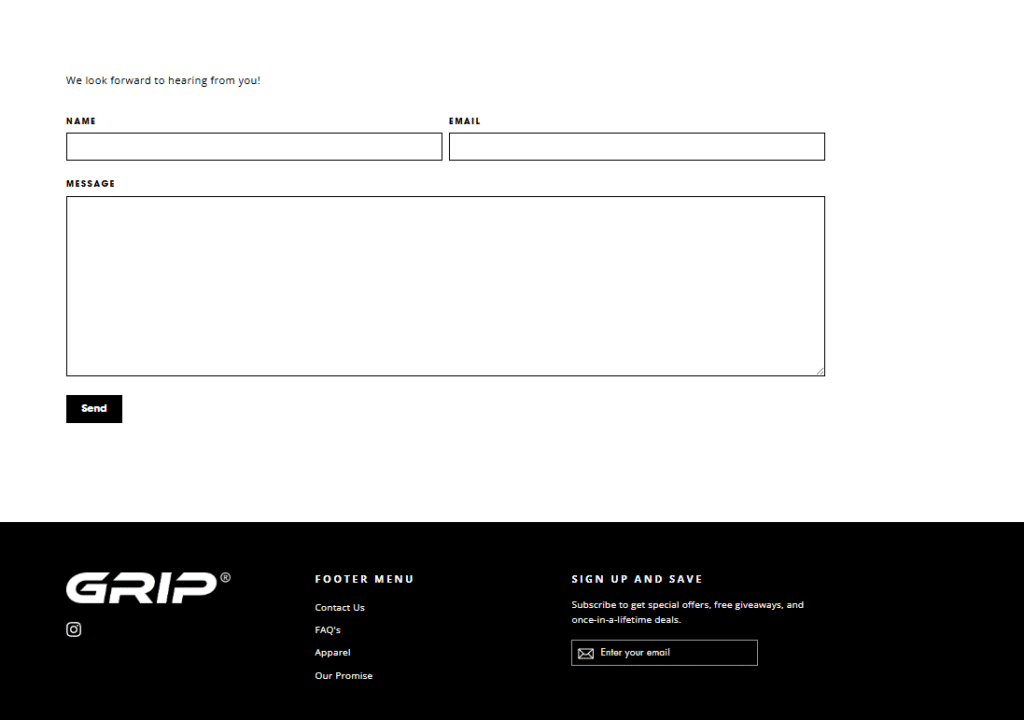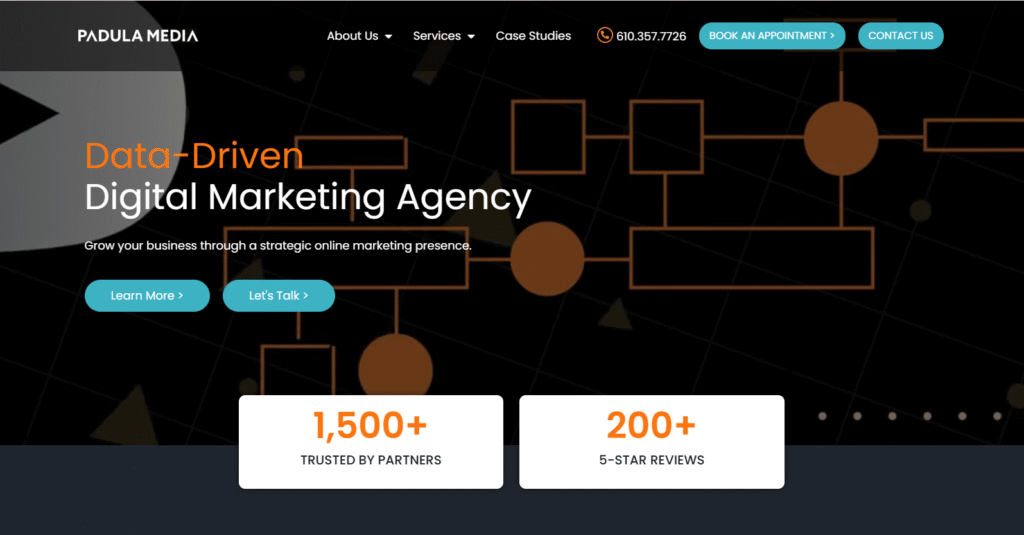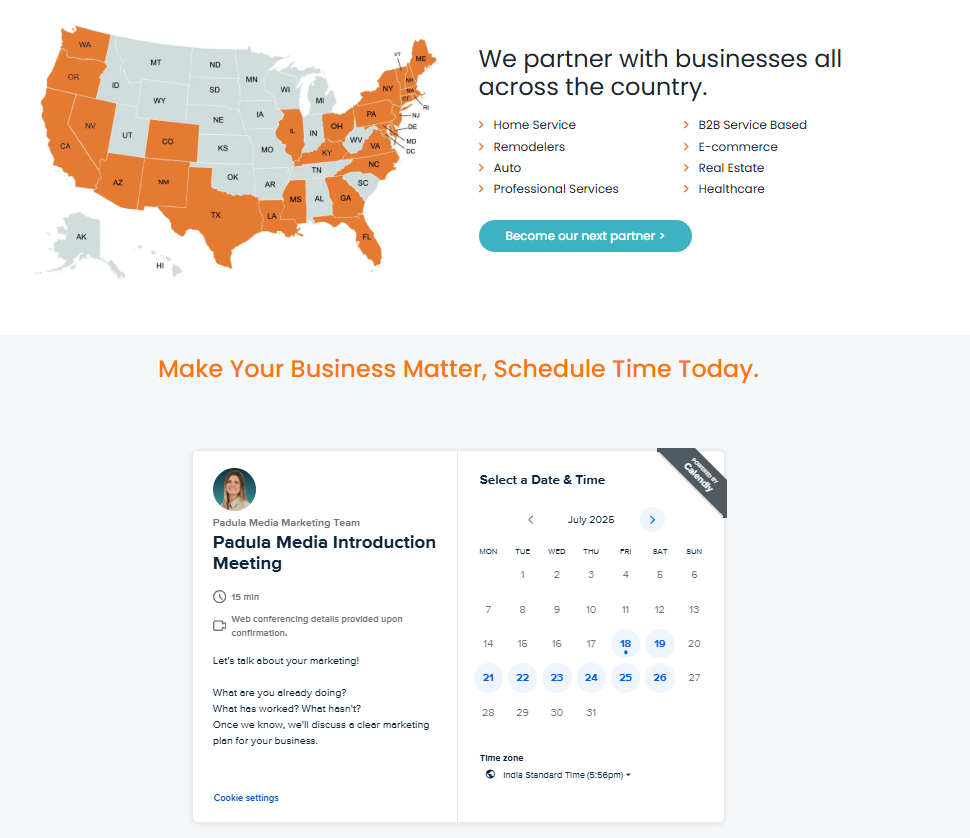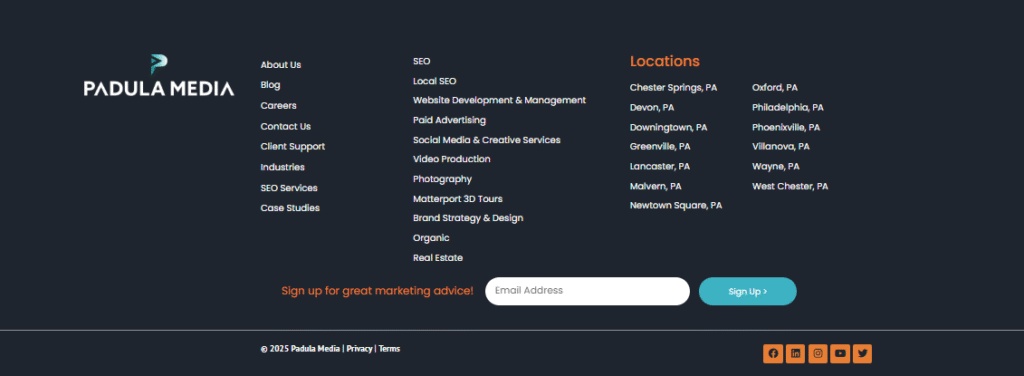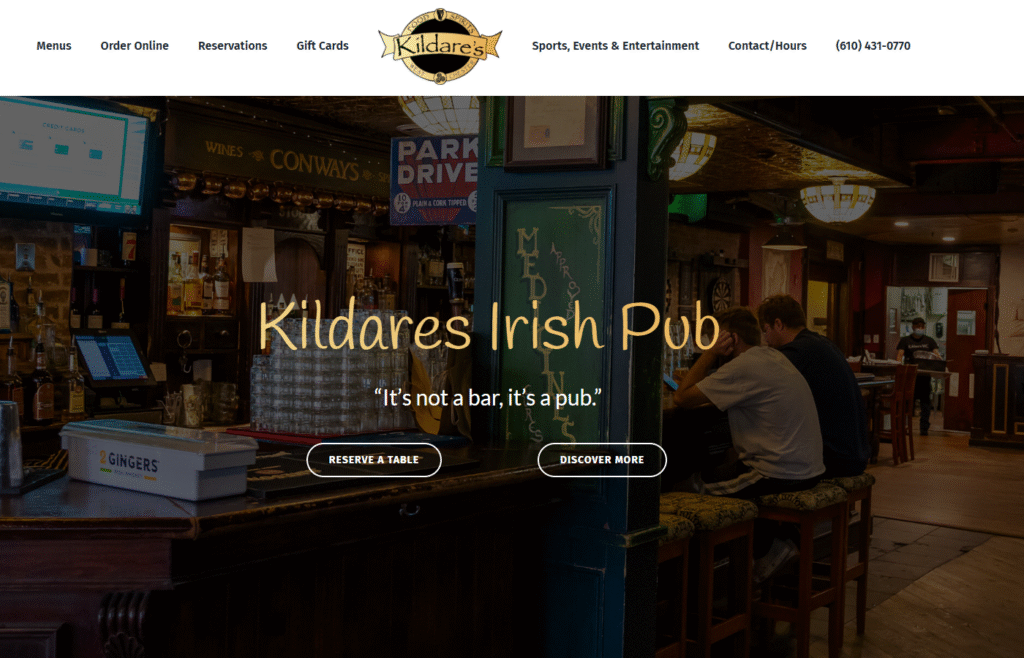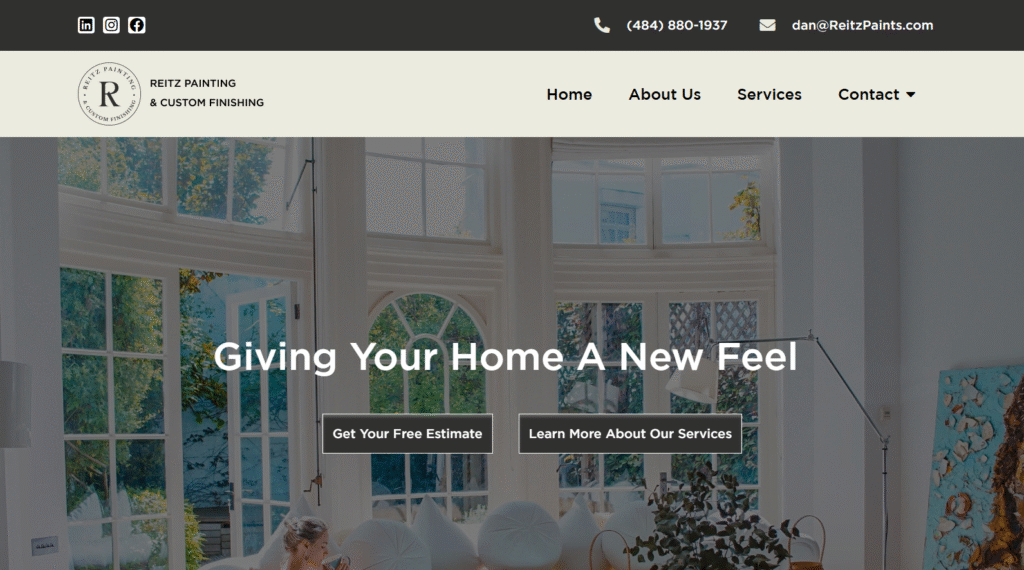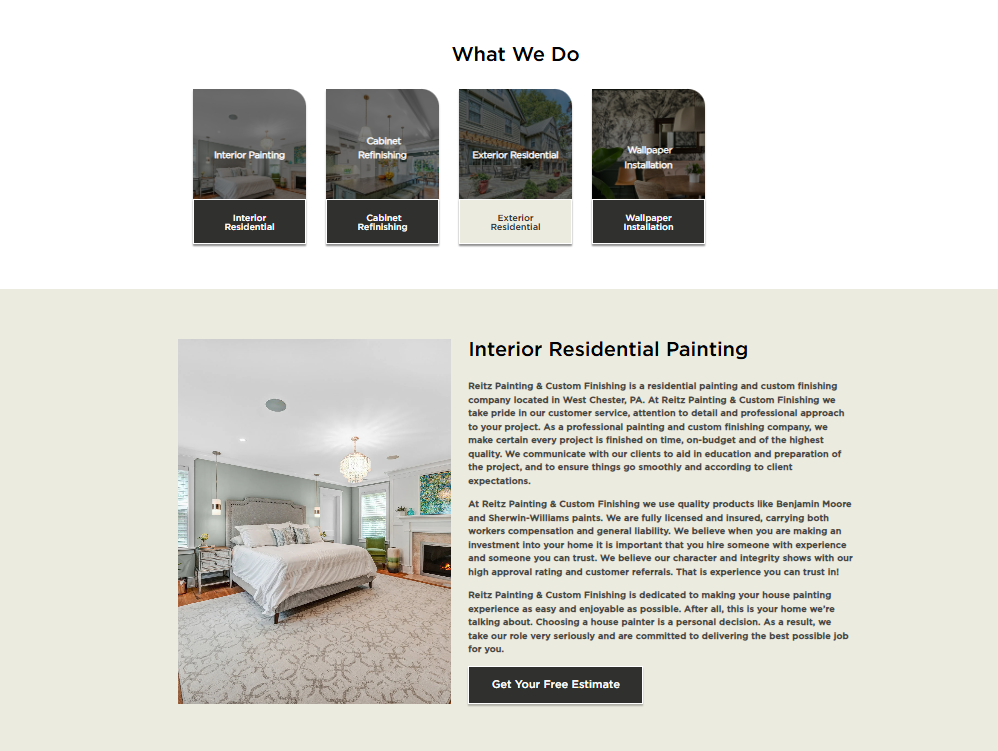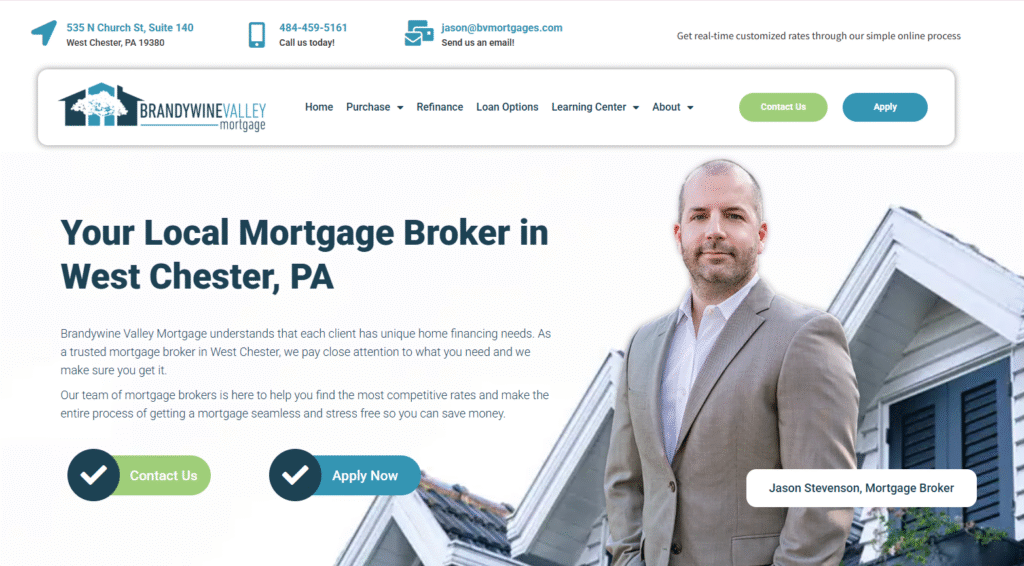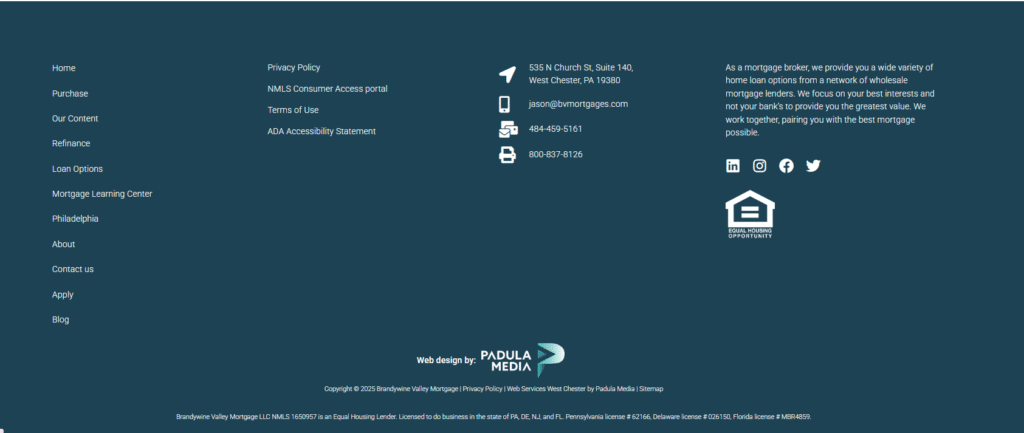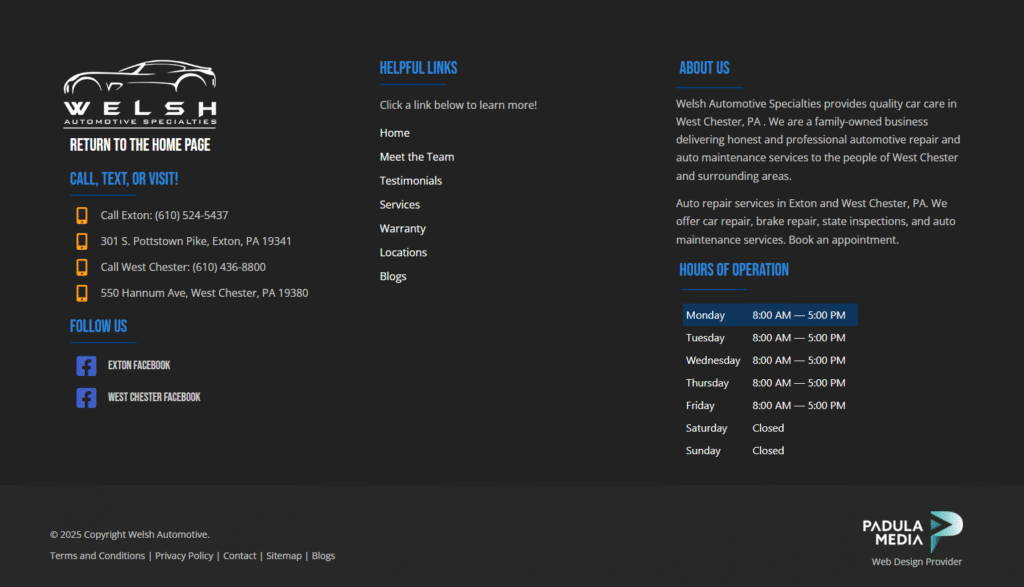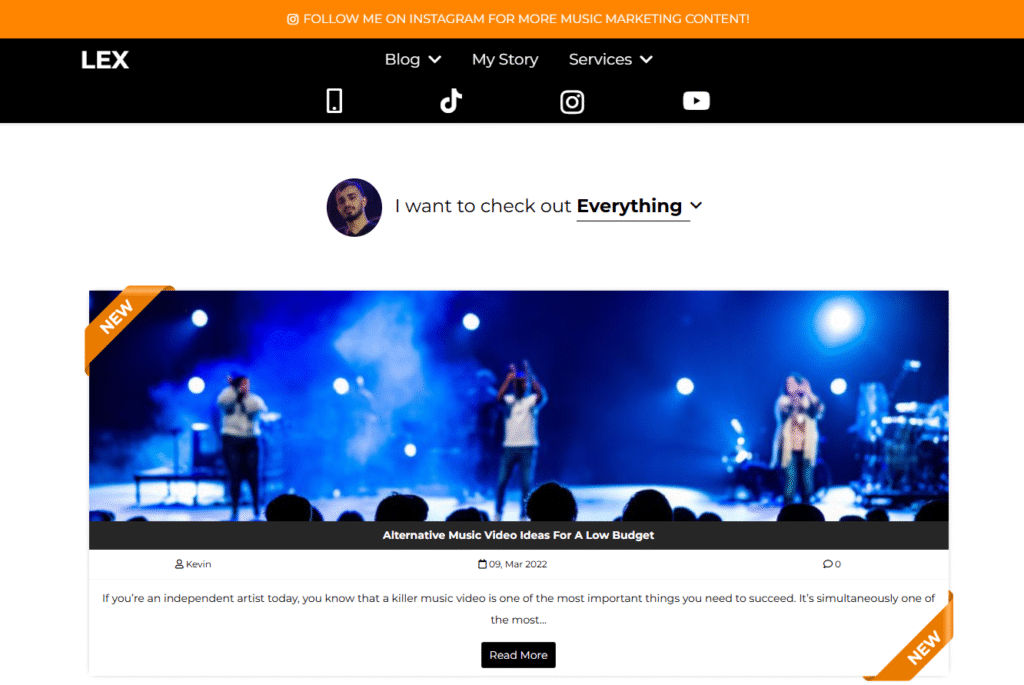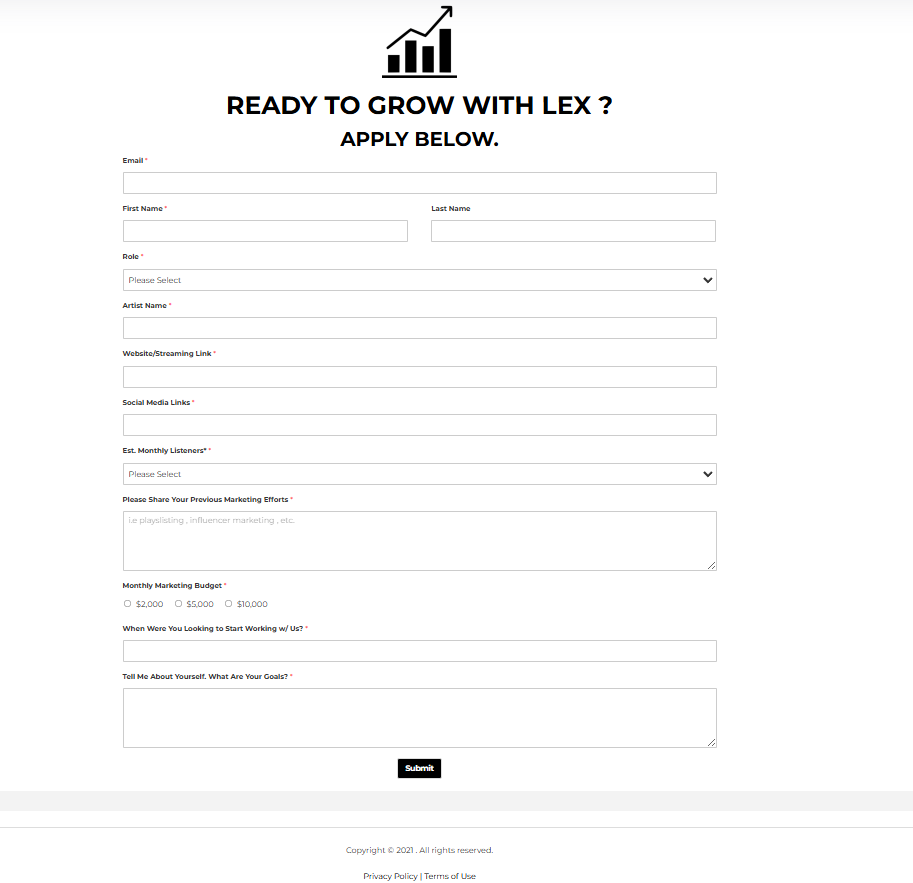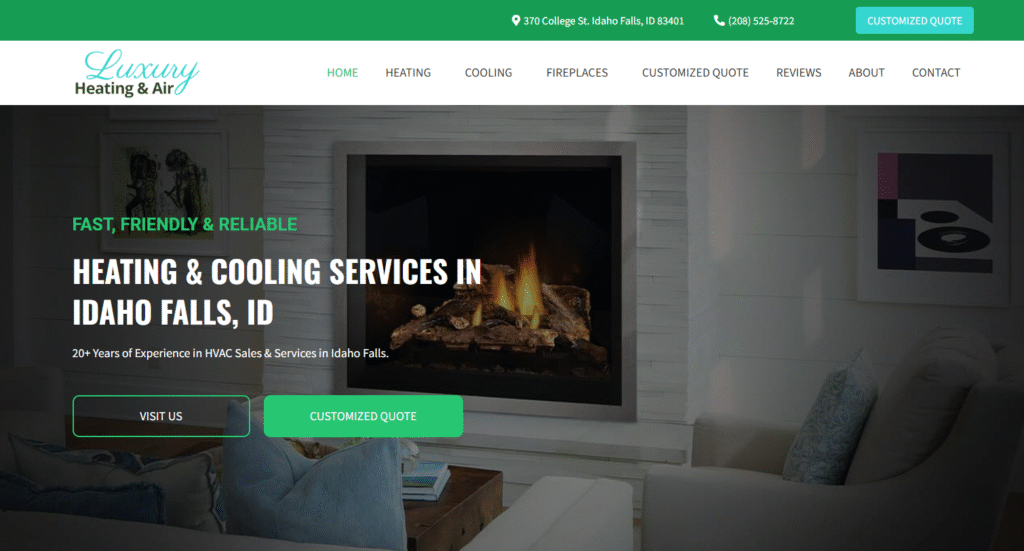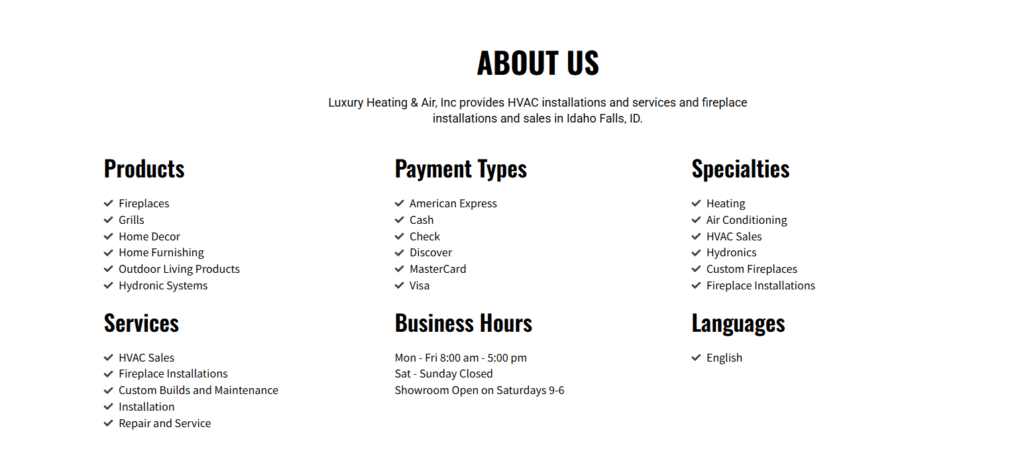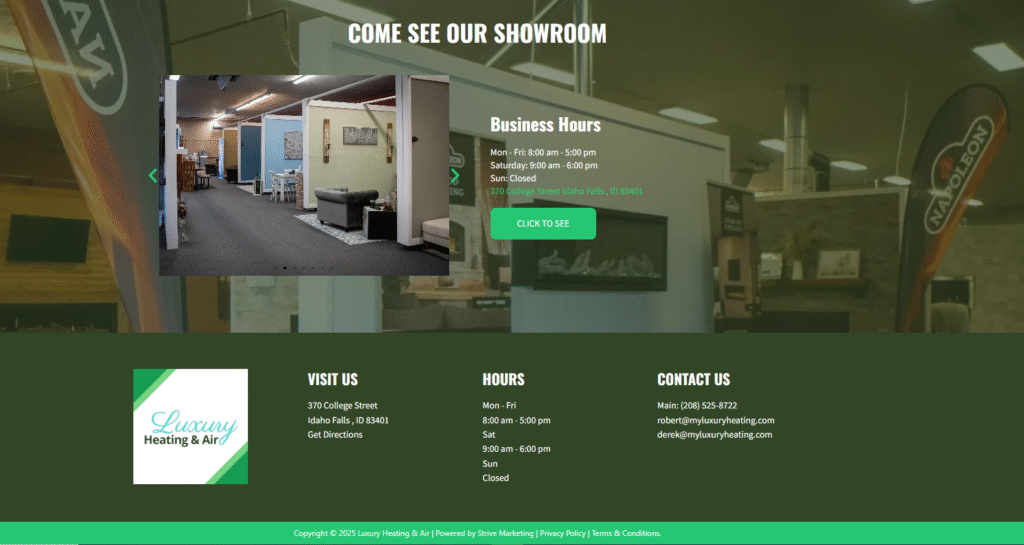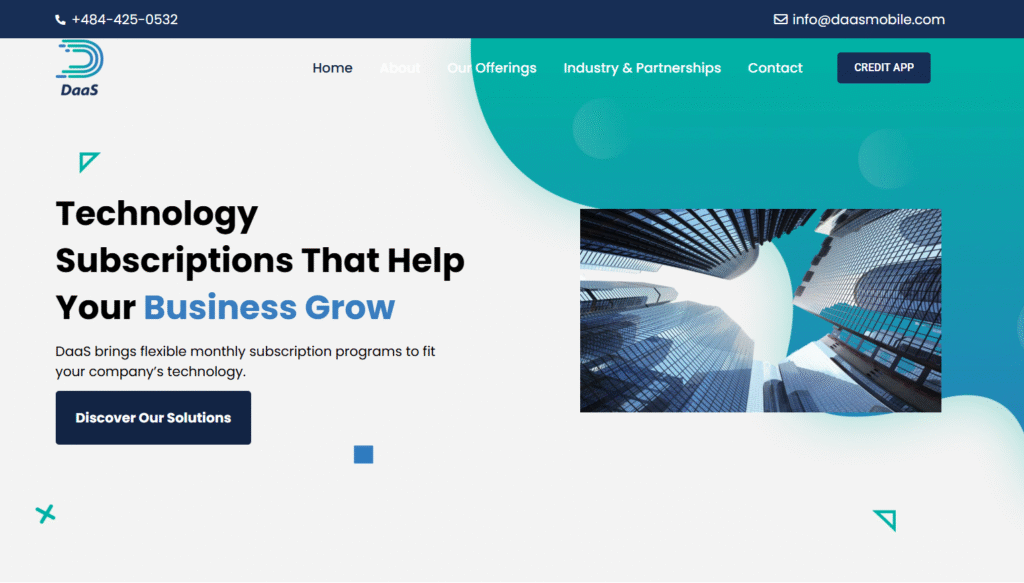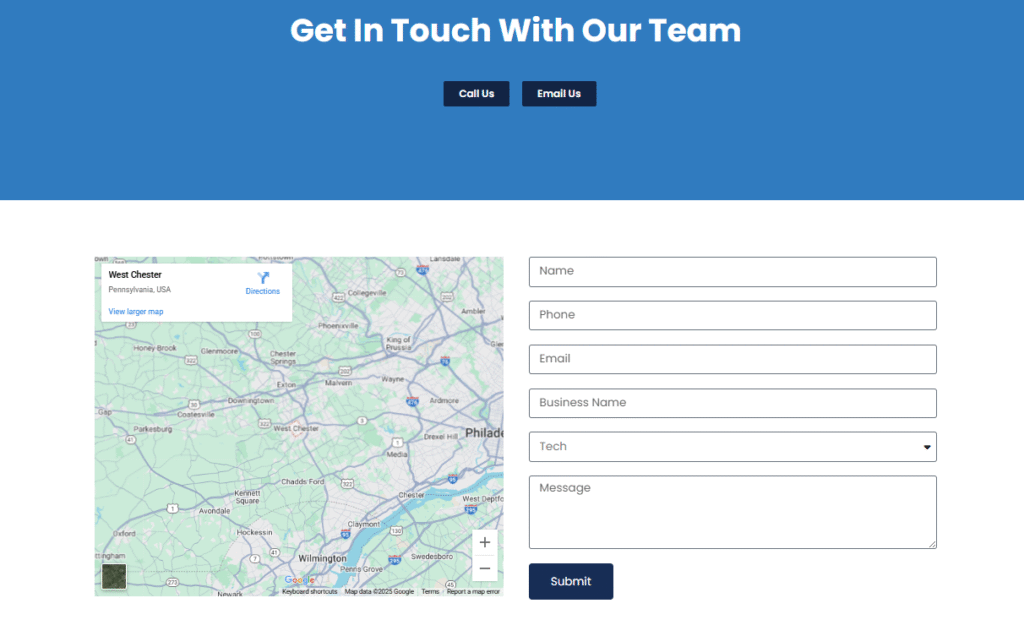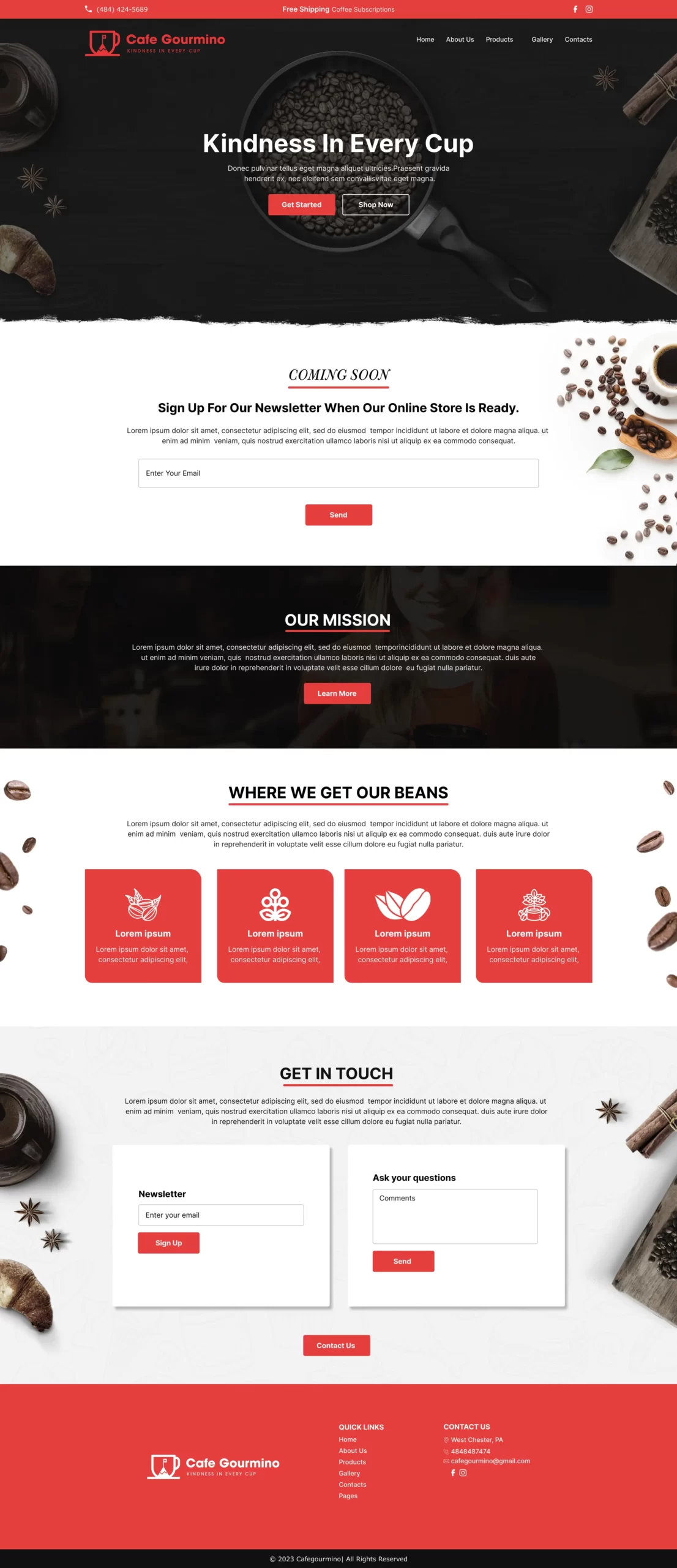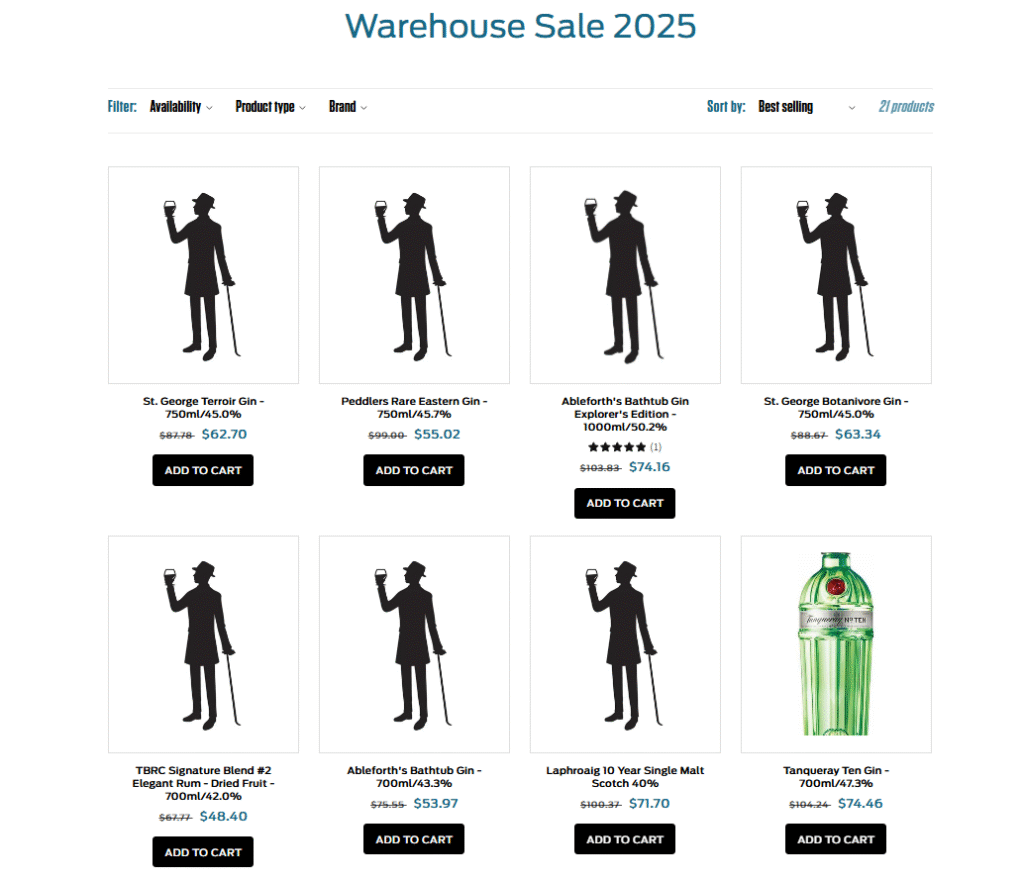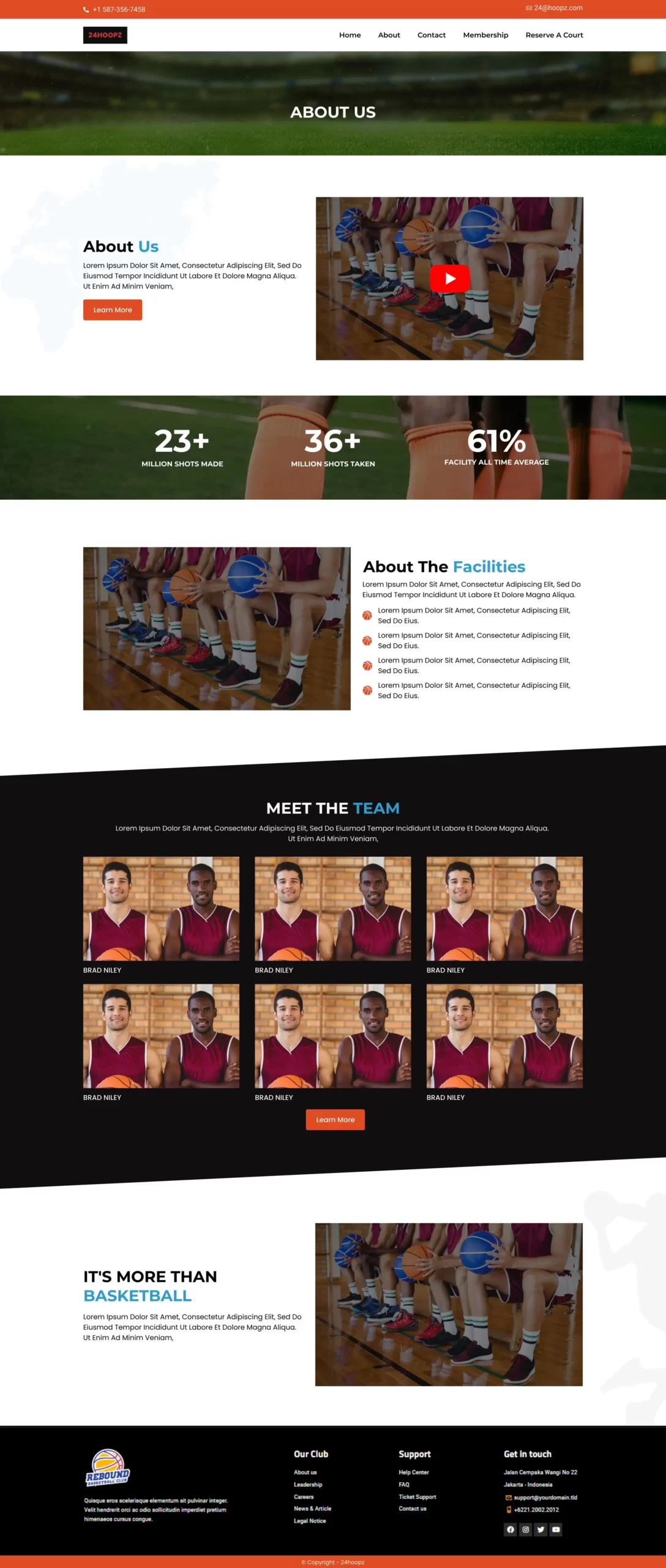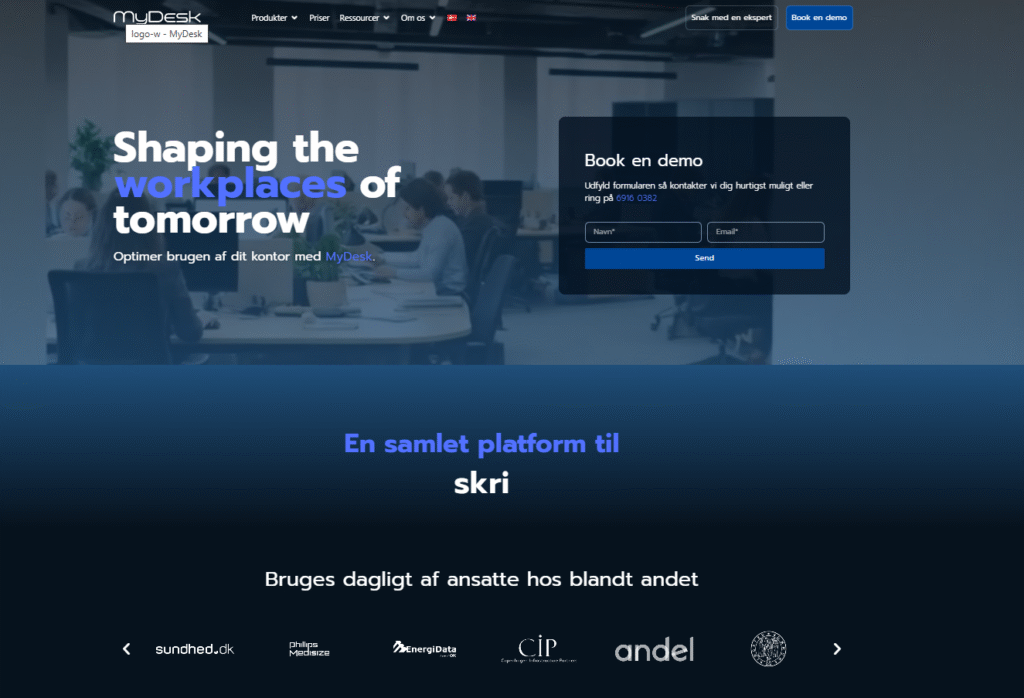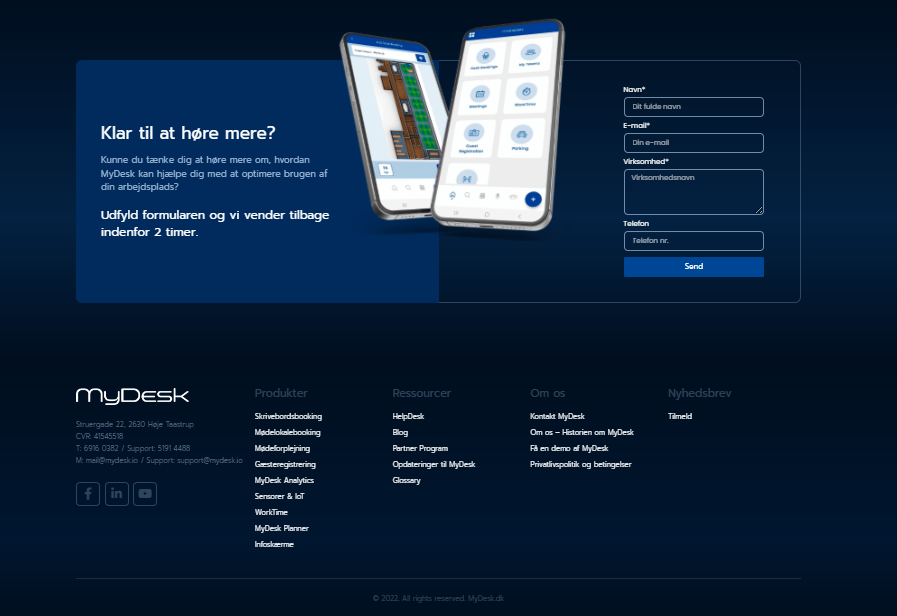Responsive Web Design is an approach by which the design of the website should respond according to user behavior and a requirement that means according to screen size, platform, and orientation. This can be done by using CSS media queries that consist of flexible layouts and grids. As the user will move from one device to another like from laptop to iPad the website should automatically switch to accommodate for resolution and image size. It scales content and elements to match the screen size.
The main goal of the responsive design is to avoid resizing, scrolling, zooming that occurs with sites that have not responsive CSS and optimizations for different devices. These sites are very difficult to navigate and will cause a decrease in website traffic. The persons came from mobile devices that do not have a better user experience and it may even cost to you by losing potential customers who become frustrated with trying to navigate your website.
By using a responsive website design remove the need for a dedicated mobile website for smartphone users. So Instead of designing and maintaining multiple websites, it should be better that you should have one responsive website that adjusts the content automatically to match the device it’s being viewed on.
Website responsiveness is a great way to present the content on your site, So it assures that the essential information is got by peoples who are using mobile devices.
A Google algorithm recent update, using a responsive website design will improve the SEO of the website. A responsive web design increases visibility on search engines because it is mobile-friendly. A site that uses a mobile-friendly design will show up in search results above.
Responsive Design Benefits, Why to choose responsive design
- Cost Effectiveness
- Consistent Experience.
- Analytics, tracking, and reporting all done in one place.
- Decreased Development Time.
- Flexibility
- Improved User Experience
- Ease Of Use
- Improves Website SEO
- Low Website Maintenance
- Google Recommendations








